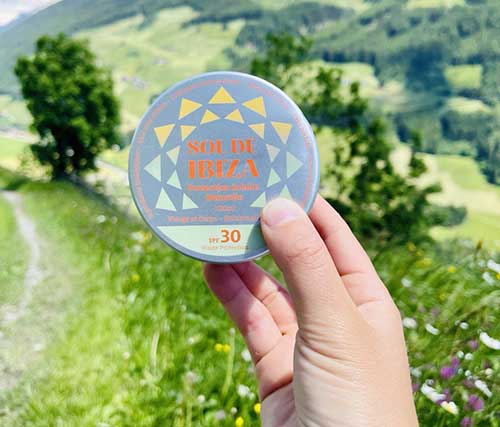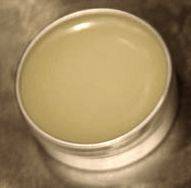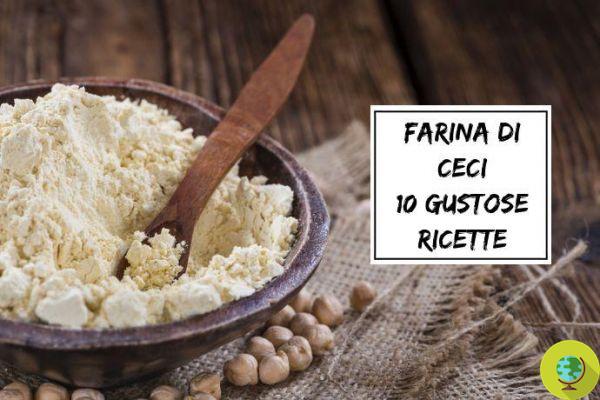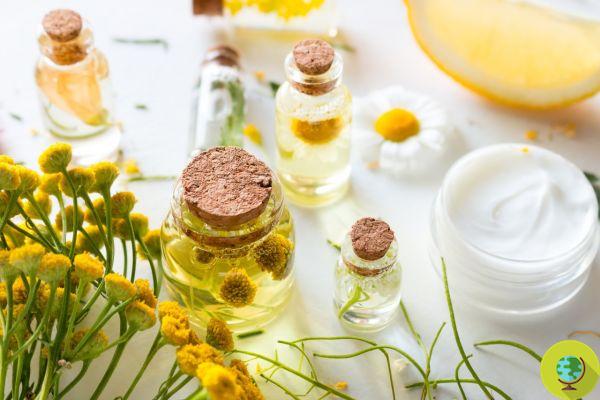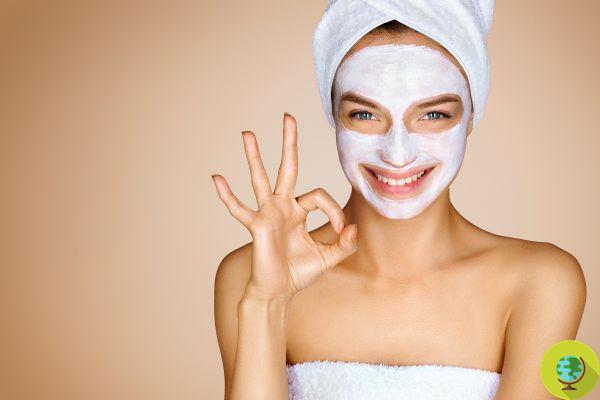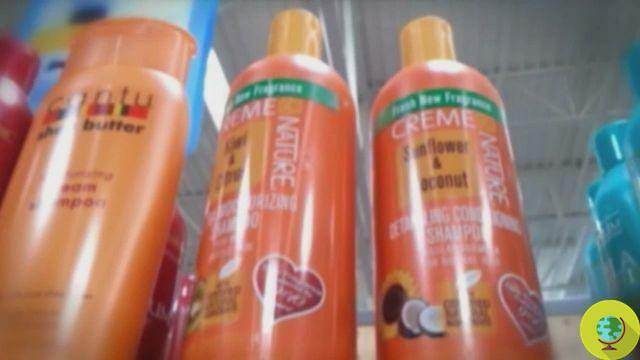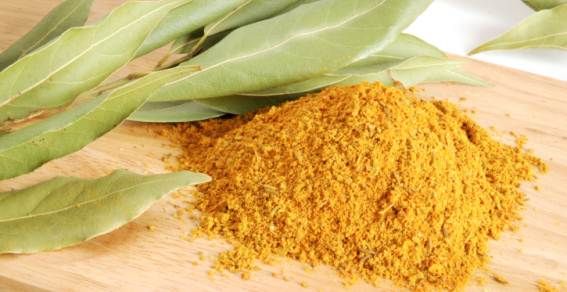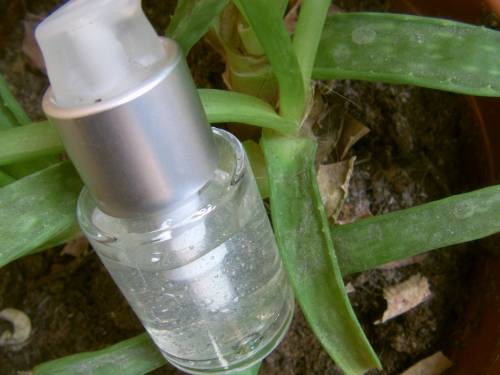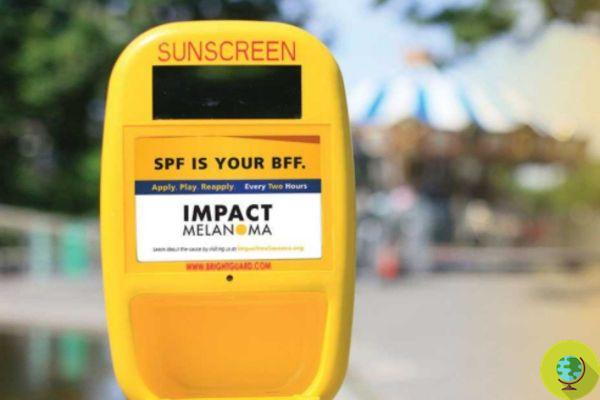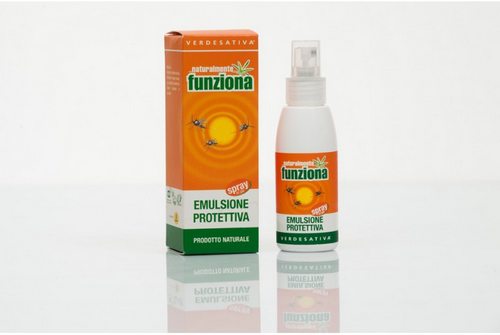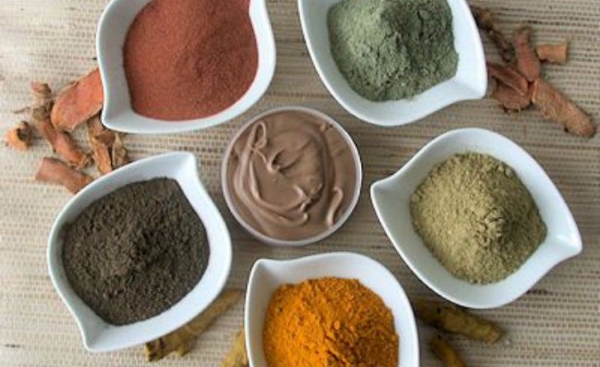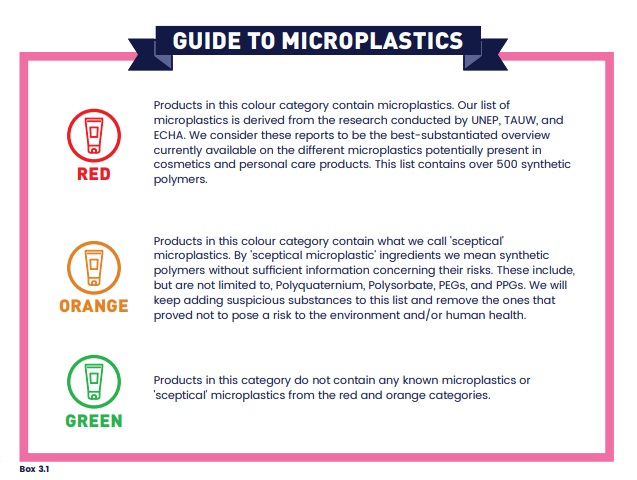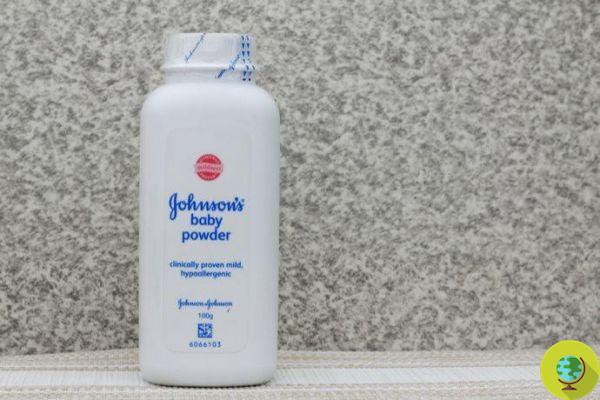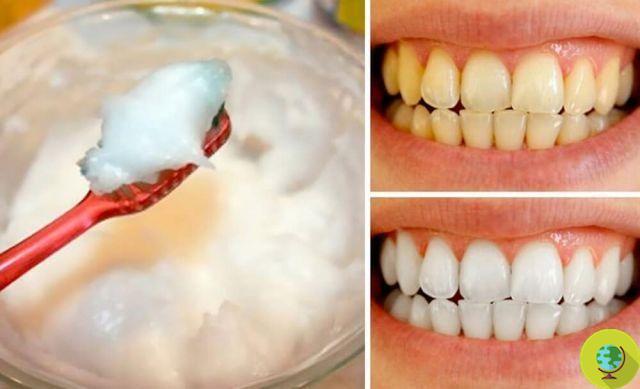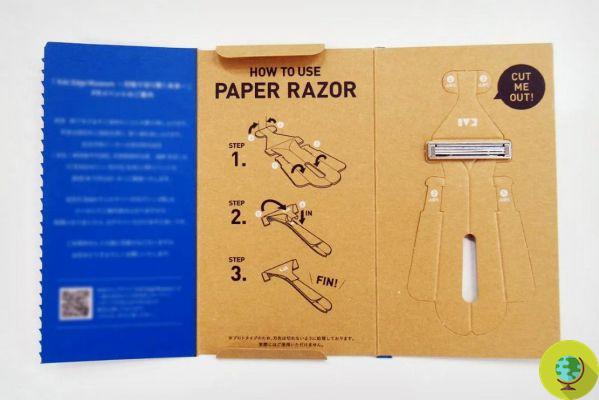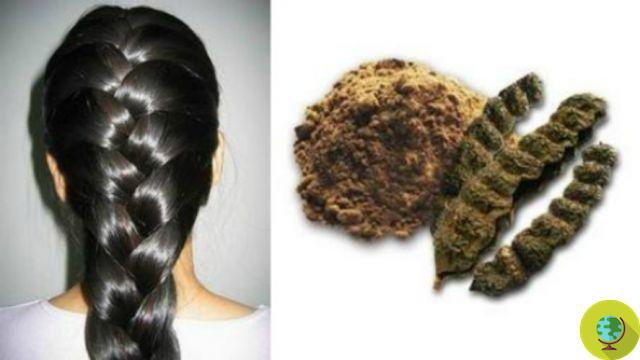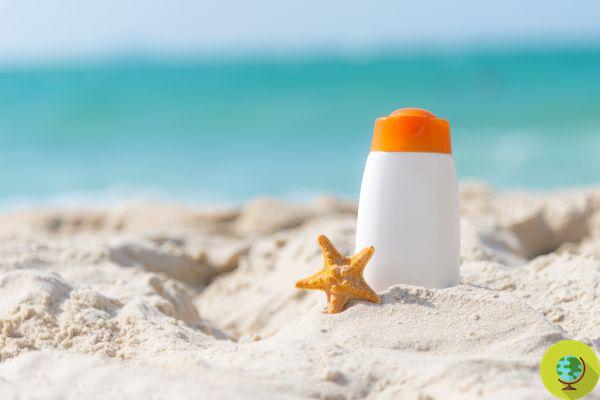
Homemade sunscreens do not offer adequate protection and do not protect the skin from possible damage from the sun's rays.
Don't store avocado like this: it's dangerousHomemade sunscreens do not offer adequate protection and do not protect the skin from possible damage from the sun's rays.
THEself-production of cosmetics it intrigues and fascinates more and more people who share their DIY recipes: scrubs, soaps, scented oils fill the message boards of social networks.
Preparing cosmetics with your own hands is a fun and fascinating activity, but for some products self-production is strongly discouraged.
A product that it would be better not to self-produce is the sunscreen. Homemade solar products are in fact risky because their level of protection is not tested, therefore it is not possible to know if they are effective or not.
From a survey published in the Health Communication journal it emerged that most of the sunscreen recipes shared on Pinterest do not offer adequate sun protection, exposing the skin to rashes, sunburn and even more serious consequences.
As skin cancer rates rise, the use of effective sunscreen is critical reduce the incidence of tumors caused by the sun.
Index
What a sunscreen contains and why it shouldn't be made at home
Le sun creams they are generally creams in emulsions or milks that contain water, oils and butters and clearly a sunscreen. The solar filter it must protect against both UVB and UVA rays.
Sunscreens can be classified as physical or chemical: physical ones reflect sunlight, while chemical ones modify the wavelength of the sun's rays, transforming them into light rays that are harmless to the skin.
Physical or reflective filters are for example zinc oxide, kaolin, magnesium carbonate, while i UVB and UVA filters they are complex organic molecules.
Why is it not enough to add these substances to a homemade cream to make a sunscreen? Why the effectiveness of a sunscreen must be tested in the laboratory: It is not possible to assess at home whether the DIY sunscreen provides adequate protection. The tests are carried out with equipment and instruments that allow you to evaluate how much the sun's rays are reflected or modified by the sun filters: an operation that is impossible to do at home.
Too much sun is bad for the skin
Ssolar pettro includes UVA, UVB and UVC rays: only UVA and UVB rays reach the Earth, while UVC rays are retained in the ozone layer.
Depending on the wavelength and energy, the sun's rays cause different reactions to our skin.
UVB rays, for example, by penetrating the epidermis, cause erythema, skin pigmentation (tanning) and thickening of the stratum corneum.
UVA rays, on the other hand, are responsible for photosensitization reactions in the presence of some molecules called photosensitizers, with the formation of burns and spots. UVA rays also cause degeneration of elastic fibers following prolonged sun exposure.
Excluding the reaction thanks to which the cholesterol present in the membranes of the epidermis is transformed into Vitamin D thanks to the presence of the sun, the other reactions carried out by the skin to the sun are defensive and range from erythema, to tanning, to dehydration.
In case of excessive and prolonged exposure to sunlight, the skin can develop neoplasms such as basaliomas and melanomas.
I excess free radicals produced during exposure to the sun can in fact damage cells and lead to skin cancers.
What are sunscreens for?
Each of us when exposed to the sun has a different reaction, based on the type of skin or phototype.
Who has the very fair skin, will redden and have erythema immediately or after less than thirty minutes, while those who have the darker skin it could last up to 45 minutes in the sun before developing erythema.
Since thetanning is now synonymous with beauty and well-being, and since tanning is generally preceded by the appearance of erythema, the need to develop arose solar products that prevented erythema.
Sunscreen prolongs the time you are exposed to the sun before an erythema appears, thus protecting the skin from the damaging effects of solar radiation.
Choosing the right sunscreen is essential to protect yourself from the sun and to do so you need to evaluate your skin type.
Il level of protection of a sunscreen it is expressed by the SPF (Sunburn Protection Factor), normally indicated on the packaging of sun products: it ranges from a minimum of 6 to a maximum of 50+. Values below 6 do not guarantee sun protection, while “total protection” does not exist. During first exposure to the sun sunscreen with a high SPF value should be used, regardless of skin type.
Sunscreen should be used every time you expose yourself to the sun and the cream should be applied several times over the course of a day at the beach or in the pool.
You may also be interested in other articles on sun creams:
- Sun creams: these dangerous chemicals can stay in the blood for up to 24 hours (LIST)
- How sunscreen can damage the marine environment: the other side of UV protection
- Sun creams: what is the right way to spread them? Myths and truths
- Sun creams: 12 false beliefs and myths to dispel
- Sun creams, which are the best and worst brands. Garnier Ambre Solaire and Piz Buin "insufficient"




